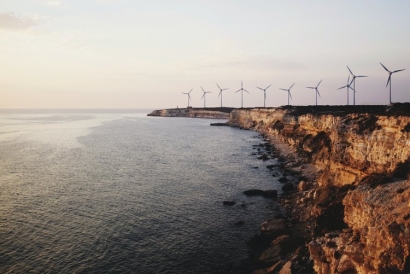
But in addition to decarbonizing the grid, there are other important – but so far less attention-grabbing – climate mitigating changes that need to be made. And many of these are not even close to reaching the tipping point of change because new technologies have not yet reached maturity.
A prime example of this is the fixation of nitrogen from air using the Haber-Bosch (HB) process. What is the HB process, and why should we care about it? Nitrogen fixation is the process of extracting the N2 molecule from air and breaking it apart to form monatomic nitrogen. The HB process is the state-of-the-art industrial process that accomplishes that.
Recently, Arctura announced it has won a $200,000 Phase I SBIR grant from the US Department of Energy (DOE) to advance technology that electrifies nitric acid production through nitrogen fixation.
Nitric acid is a valuable industrial chemical, but its synthesis consumes a great deal of energy while emitting tens of millions of tons of carbon dioxide annually. A novel plasma-enhanced process will be developed that reduces the energy consumed and greenhouse gases emitted in the production of nitric acid. Current processes consume significant quantities of natural gas, which is carbon-intensive and expensive, while the process developed by Arctura would only use air, water, and electricity.
If the energy utilized for electrified nitrogen fixation is obtained from renewable sources, this will lower the cost of the production of nitric acid while reducing its carbon footprint. Integrating this technology with renewable assets may also help balance grid demand during off-peak periods or reduce asset curtailment. Curtailment is a growing problem in the renewables industry due to misalignment of available renewable energy supply and consumer electricity demand.
Likewise, long periods of stranded renewable energy can result from delays in installing new transmission lines that tie new wind and solar farms to the grid. Utilising this excess power to produce a usable product during times of lower demand is known as power-to-X and may be more affordable than building energy storage.
“Electrification of energy-intensive processes like the production of nitric acid is a key to reducing global warming gas emissions” said Arctura’s Founder and CEO, Neal Fine. “This SBIR funding gives us an opportunity to develop a new commercial product that helps to combat climate change while also providing a needed ancillary service for utility-scale wind and solar farms.”
The Phase I DOE award, titled “Development of An Atmospheric Plasma Generator For Nitrogen Fixation In Air,” will be used to develop and test a small-scale prototype product.
For additional information:

